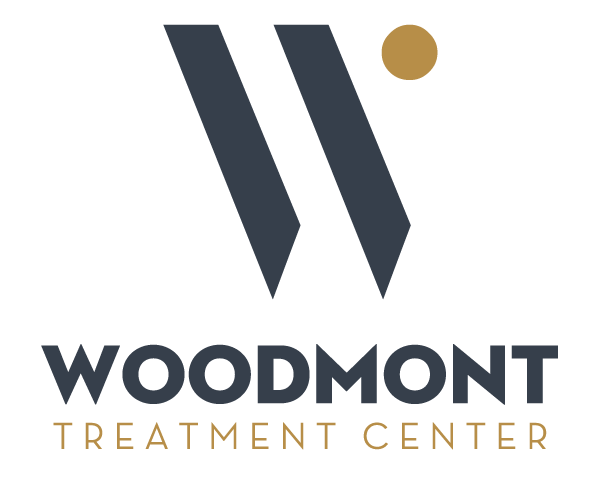Making the decision to stop using drugs or alcohol is a brave first step—but what happens next can determine the safety and success of that choice. One of the first hurdles on the path to recovery is managing withdrawal symptoms, which often occur when a person stops using a substance their body has become dependent on. These symptoms can range from mild discomfort to life-threatening complications, depending on the substance, duration of use, and individual health factors. Considering the safety of inpatient detox vs. at home detox is a crucial point in the recovery journey.
At Woodmont Treatment Center in New Jersey, we often meet people who are unsure whether to detox at home or seek help in an inpatient setting. While both options have their place, understanding the risks and benefits of each is critical for making a safe and informed decision.
What Is Withdrawal?
Withdrawal refers to the physical and psychological symptoms that occur when someone who is dependent on a substance suddenly stops or reduces their use. The severity and type of symptoms vary depending on the substance, but common issues include:
- Anxiety or depression
- Insomnia or fatigue
- Muscle aches or tremors
- Sweating and chills
- Intense cravings
- Seizures, hallucinations, or confusion (in severe cases)
Withdrawal is not only uncomfortable—it can also be dangerous. That’s why choosing the right environment to detox is so important.
At Home Detox: Perceived Convenience, Hidden Risks
Many individuals consider detoxing at home because it feels private, convenient, and cost-effective. It may seem manageable, especially if someone has successfully stopped using before, or believes their withdrawal will be mild. Unfortunately, these assumptions often lead to unsafe outcomes.
When looking at inpatient detox vs. at home detox, one of the biggest risks of at-home detox is unpredictability. Withdrawal symptoms can escalate quickly and without warning, particularly with substances like alcohol, benzodiazepines, or opioids. A detox that begins with mild sweating and anxiety can quickly spiral into seizures, heart irregularities, or severe dehydration—none of which can be safely managed without medical support.
Another major concern is the risk of relapse and lack of aftercare. Withdrawal often brings intense cravings, and without accountability or support, many people return to substance use just to make the symptoms stop. This cycle can become even more dangerous, as the body’s tolerance drops quickly, increasing the risk of overdose after just a short break from use.
While at-home detox might feel more comfortable or discreet, the lack of medical oversight, emotional support, and access to medications significantly increases the danger.
Inpatient Detox: Safety, Support, and a Path Forward
In contrast, inpatient detox at a professional treatment facility offers 24/7 medical supervision and a structured environment designed to protect and support individuals during this vulnerable phase.
At Woodmont Treatment Center, we begin each inpatient detox with a comprehensive evaluation. Our clinical team tailors each detox protocol based on the client’s substance use history, physical health, mental health status, and risk factors. This personalized approach allows us to manage symptoms effectively and reduce discomfort.
One of the most significant advantages of inpatient detox is medical monitoring. Trained professionals are always on hand to adjust medications, monitor vital signs, and intervene if complications arise. For example, medication-assisted treatment (MAT) can reduce cravings and alleviate withdrawal symptoms, helping clients stabilize more quickly and comfortably.
When comparing inpatient detox vs. at home detox, Inpatient detox also addresses the emotional and psychological aspects of withdrawal. Clients benefit from therapeutic support, including early counseling, emotional reassurance, and connection to others beginning the recovery process. Being in a safe, controlled space away from triggers allows clients to begin healing without distractions or external stress.
Additionally, inpatient detox provides a direct transition into further treatment, such as residential rehab, partial hospitalization, or intensive outpatient programs. Detox is just the beginning, and inpatient care ensures that the momentum toward recovery continues with a seamless handoff into the next phase of healing.
Inpatient Detox vs. At Home Detox: Why Supervised Care Matters
When weighing inpatient detox vs. at-home detox, consider the following:
- Safety: Inpatient detox offers 24/7 medical oversight to manage complications; at-home detox does not.
- Comfort: Medications and supportive therapies are available in a clinical setting to ease withdrawal symptoms.
- Relapse Prevention: Structured environments reduce triggers and temptation, significantly lowering the risk of relapse.
- Emotional Support: Inpatient programs provide access to trained counselors and peers who understand the experience.
- Continuity of Care: Detox transitions directly into ongoing treatment, improving the likelihood of long-term recovery.
The truth is, most people cannot predict how their body will react during withdrawal. Even substances considered “less dangerous” can trigger severe symptoms if detox is attempted without supervision. That’s why professional, inpatient detox remains the safest and most effective choice.
You Don’t Have to Do This Alone
Withdrawal is challenging, but it doesn’t have to be terrifying—or life-threatening. At Woodmont Treatment Center, we provide a medically safe, supportive, and private environment where individuals can detox with dignity. Our team walks beside every client from the first hour of withdrawal through the first steps of recovery, offering guidance, compassion, and expert care every step of the way. If you or a loved one have any questions around inpatient detox vs. at home detox, we are here to guide you.
Contact Woodmont Treatment Center Today
If you or someone you love is considering detox, don’t take chances with your health and future. Contact Woodmont Treatment Center of New Jersey to learn more about our inpatient detox services and full continuum of care. We’re here to help you safely manage withdrawal and transition into lasting recovery.
Contact us today to speak with our admissions team. Your journey to healing starts with the right first step—let us help you take it.


























